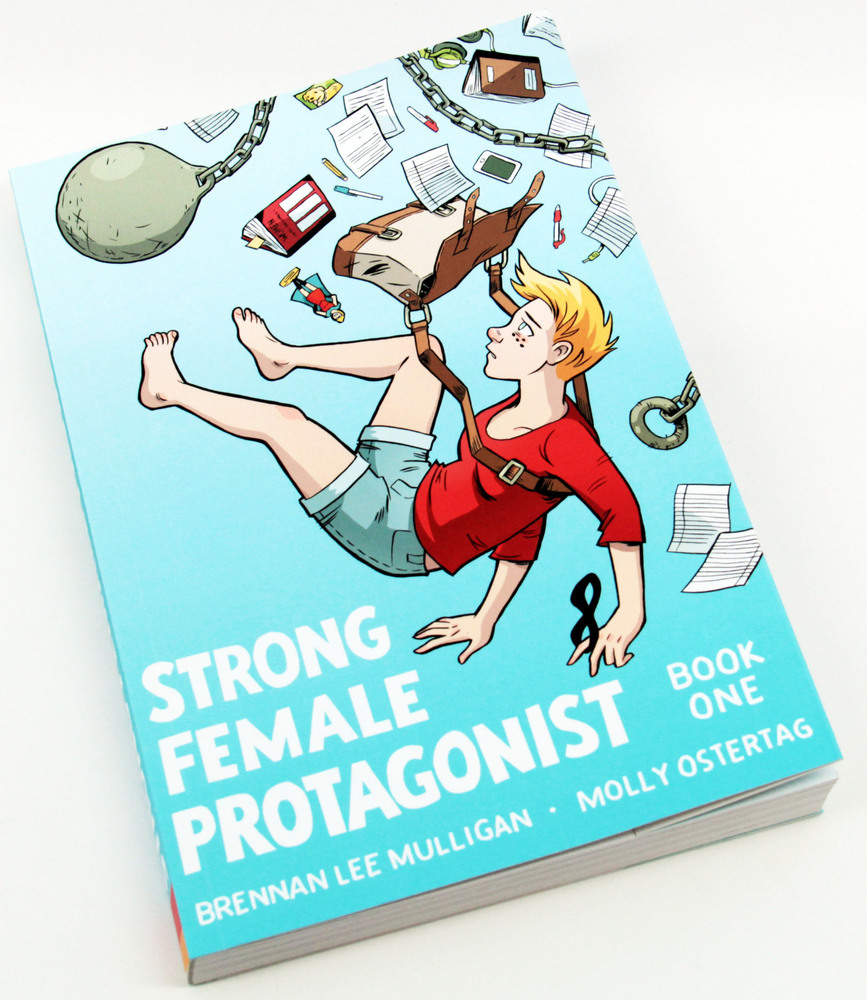Like a lot of comic fans, my relationship with the medium started at a young age. I would pick up my stack of books at the corner store, generally along with a large bag of Atomic Fireballs, and pay at the counter. Comics have never been very expensive, unless of course you travel in the vintage circles, but in recent years there has been a change. With the growing popularity of web comics—long-form graphic storytelling via the web—we have come to a point where fans of the medium are getting their fix for free. Web comics rarely charge a fee, generally keep a full archive of previously posted stories, and provide active forums for fans to talk about the work. Some ask for a small donation to keep the pages coming, but even that model is changing. So, the questions is: Have webcomics changed reader expectations of graphic storytelling?
As I previously mentioned, I have been buying comics for longer than I care to admit. The price point for a regular book has changed since my first purchase, going from $1.50 to the current price of $3.95. I’m also a big fan of trade paperbacks, which collect full story arcs into one complete book. These books generally range from $15.95 to $19.95. Most independent comics publishers try to stick close to these prices as well, hoping to show their content as being worthy of the same cost as big publishers like Marvel and DC.
What does this mean for webcomics presented for free? Strangely enough, the effect seems to not have a great deal of bearing. Since webcomics are able to avoid overhead costs like printing and distribution, they have the freedom to focus on execution of craft. Although they do not make any money at the onset (except for those that show ads on their web pages) these books are able to grow pretty large, and returning, fanbases. Some webcomics have a strong enough following to warrant a print version of the comic, which usually appears as a self-published trade paperback.
Some larger publishers are reaching out to webcomic creators to partner for ongoing series. This has been the case for a treasured few. Strong Female Protagonistwhich found fame through author Brennan Lee Mulligan’s website, is a good example. Due to a successful Kickstarter campaign to fund the book, a print format is now produced by Top Shelf Productions. This kind of thing is still rare, since most webcomics have a small community of followers, but it’s not unheard of.
Arguably the best thing that has come out of the growing popularity of webcomics is the variety of voices that readers can access now. In years past, as in most of publishing, the big publishers stood as gatekeepers and the arbiters of quality in sequential art. Additionally, distributors like Diamond maintained an iron hold over what books ended up in comic shops. The web has opened the gates for storytellers, and it has brought about a wave of new points of view from minority storytellers, women creators, and the LGBTQ community. Some of these stories would never have found their way to mainstream readers without the free and growing world of webcomics, but should we be concerned about the “free” part? Without incentive to create (outside of just recognition), some artists and writers are unable to continue creating their work. In a country where commerce is king, is there a way that online content can still benefit the creators? Many are working towards that end, but for the time being we have lots of great new comics to explore before their creators really start looking for their paychecks.

